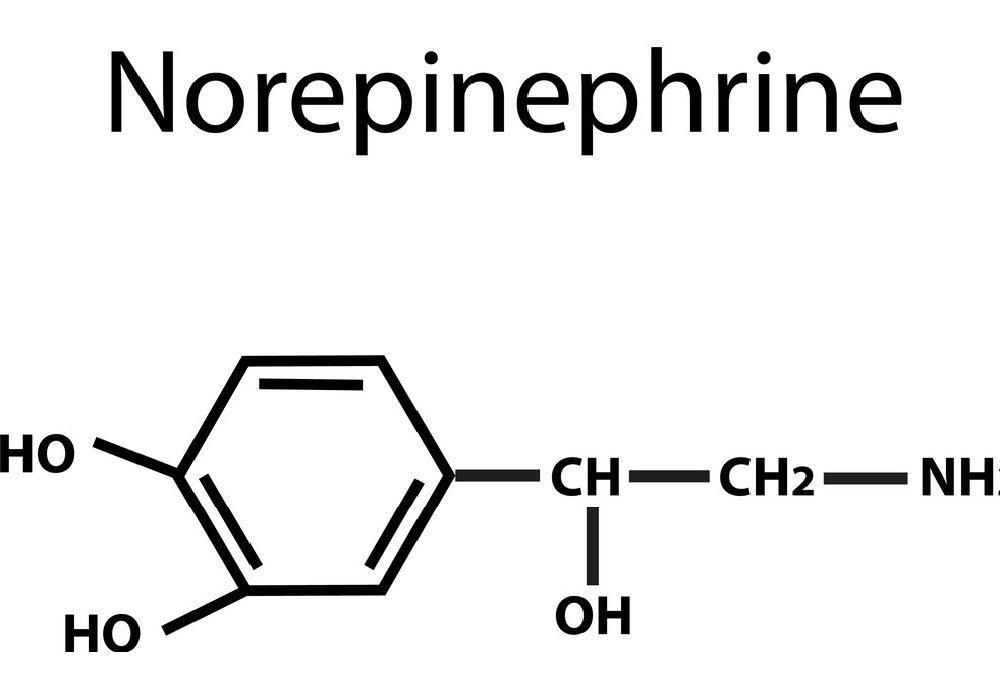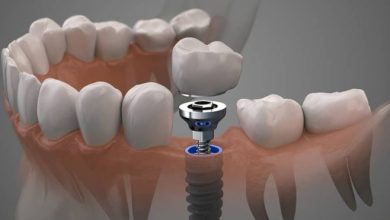What is anemia? Treatment methods + video
Anemia is one of the problems that can occur to many people during their lifetime. Anemia occurs when the number of circulating red blood cells in the body decreases; This disease can be introduced as the most common blood disorder.
Anemia Explained: Types, Causes, Symptoms, Diagnosis, and Treatment Options :
According to a study published in The Lancet, almost one-third of the world suffers from some anemia; Of course. The results of this study were published in 2015. The disease is usually caused by other health conditions that interfere with the body’s production of healthy red blood cells or increase the rate of cell damage. In this article, we are going to dissect the problem of anemia thoroughly.
Symptoms of anemia
The most common signs and symptoms of anemia are fatigue. Of course, other symptoms can indicate anemia in people, which are :
- Pale skin
- Fast or irregular heartbeat
- Short, intermittent breaths
- Feeling of pain in the chest.
- Headache
People with mild anemia may also experience some symptoms. Of course, it is also possible that they do not experience any symptoms.
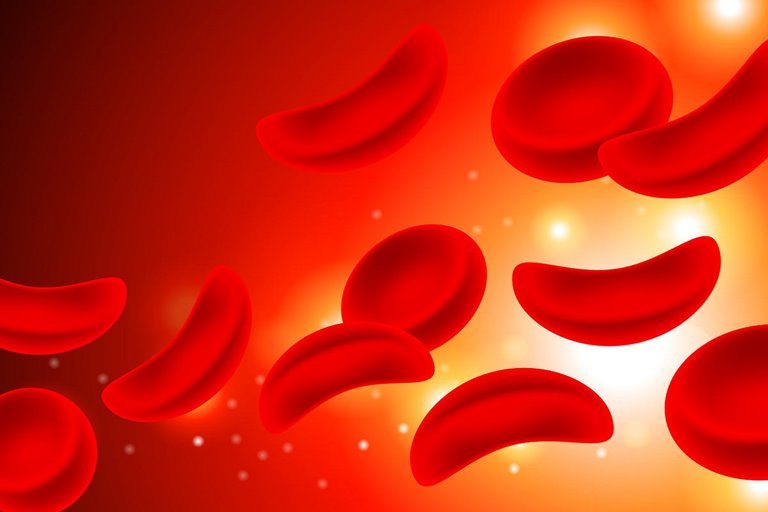
- Feeling of tinnitus
- Change in the sense of taste
- Itching in the body
- A tendency to eat ice
- Wounds in the corners of the mouth
- Feeling of pain in the tongue.
- Depression
The human body needs RBCs to survive, known as hemoglobin. Hemoglobin is a transporter of complex proteins that bind to iron molecules. These complex molecules are responsible for transporting oxygen from the lungs to other parts of the body; So it is quite clear how vital their role is.
Some health conditions can lead to low red blood cell levels. There are different types of anemia, and some of them do not even have a specific cause. This can make it challenging to diagnose anemia in some people.
If we want to acquaint you with the three leading causes of anemia, the following are the most important ones. Of course, we tried to explain and examine the critical issues thoroughly.
Lack of blood units
Iron deficiency anemia can be one of the most common types of anemia and is usually caused by decreased blood units. Lack of iron in the blood causes this problem.
When the body loses basic blood units, it draws water from tissues beyond its flow to fill blood vessels. This extra water will dilute the blood, resulting in a lower RBC count.
The loss of blood units can be acute, rapid, or chronic. Some of the reasons for the rapid loss of blood units can be surgery, childbirth, or trauma. Chronic loss of blood units can often be the leading cause of anemia. This condition can be caused by a stomach ulcer, cancer, or another type of tumor.
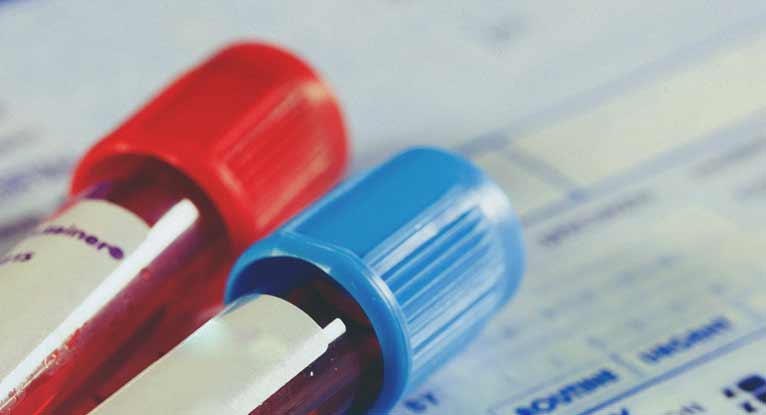
Other causes of anemia due to the loss of blood units can be mentioned as follows:
- Gastrointestinal conditions such as ulcers, hemorrhoids, cancer, or gastritis
- Use of nonsteroidal anti-inflammatory drugs such as aspirin and ibuprofen
- Severe menstrual bleeding in women
Benefits of iron
Iron can help maintain many bodily functions, such as energy and overall concentration. Of course, we should not neglect the gastrointestinal tract, immune system, and body temperature regulation processes. The benefits of iron are often overlooked until a person is fully developed, leading to fatigue, palpitations, pale skin, and shortness of breath.
Health during pregnancy
Blood volume and red blood cell production increase dramatically during pregnancy to provide the growing fetus with oxygen and nutrients; This can be considered the main reason for the increase in people’s demand for iron.
The human body maximizes typically iron absorption during pregnancy, which can affect iron deficiency. Iron deficiency during pregnancy can increase the risk of preterm birth or low birth weight. Low iron stores can also affect cognitive or behavioral development in infants. Pregnant women with iron deficiency are at better risk for infections; The main reason for this can be attributed to iron support of the immune system. It is clear that iron supplementation is necessary for pregnant women with iron deficiency, but it should be done under a doctor’s supervision.
Increase energy
Adequate amounts of iron in the diet can also affect energy efficiency. Iron carries oxygen to the muscles and the brain. It is also handy for the function of the mind and body and, of course, significant. Low levels of iron can lead to lack of concentration, increased irritability, and decreased endurance.
Better performance in sports
Iron deficiency is much more common among athletes, especially female athletes. This seems to be more evident in female endurance athletes than in other sports activities. Some researchers believe that women active in endurance should consume 10 mg more iron per day than allowed.
Iron deficiency in athletes will reduce athletic performance and weaken the immune system. Hemoglobin deficiency can reduce the body’s ability to exercise during exercise because it reduces its ability to deliver oxygen to the muscles.
Risk-taking in iron consumption
In adults, the dose of oral supplements can be as high as 60 to 120 mg per day. These doses are usually given to women who are pregnant and not well on iron. Stomach upset can be considered one of the problems related to iron supplementation, so dividing the doses during the day can be beneficial.
Adults with a healthy digestive system may be at greater risk; This risk is due to large amounts of iron in the body. Also, people with genetic disorders are not in good condition, and the reason can be attributed to the absorption of more iron from food.
This can cause iron to build up in the liver and other parts of the body. It may also cause free radicals, which can eventually damage the liver, heart, and pancreas. Of course, it will also increase the risk of some cancers.
Remember that repeated iron supplements can cause nausea, vomiting, and stomach pain at the same time, especially if the supplement is not taken with food. In very severe cases, iron overdose can lead to limb failure, internal bleeding, coma, seizures, and even death.
Some studies have shown that high iron intake can increase the risk of liver cancer. There is also other research showing that high iron levels can increase the risk of developing type 2 diabetes.
In any case, these should be considered as risks related to iron consumption, which of course, are not over. Scientists have recently begun research into excess iron’s possible role in developing neurological diseases such as Alzheimer’s and Parkinson’s. Iron may play a direct role in brain damage; The result can be bleeding in the brain.
It is interesting to note that the results of some studies on laboratory mice have shown the effect of high doses of iron on increasing the risk of osteoarthritis.
If doctors diagnose a person with high iron levels in the body, they may order a serum iron test. In the following, we will acquaint you with the natural range of iron in the body.
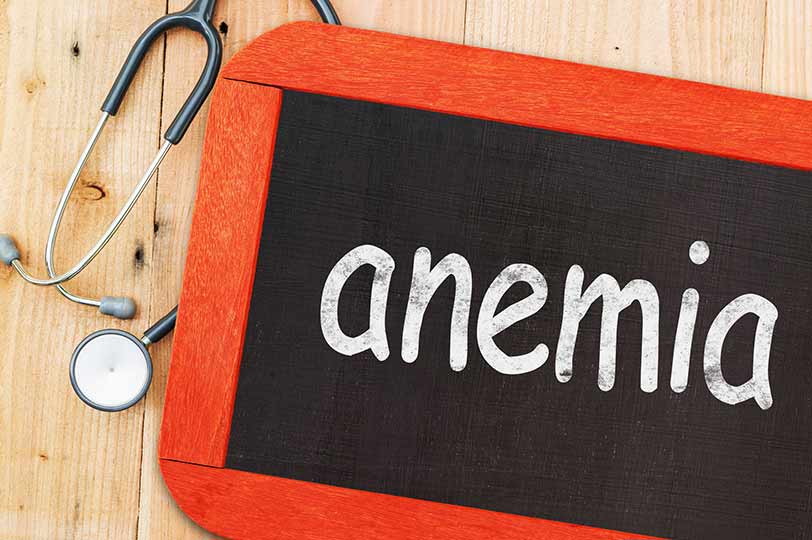
What is a serum iron test?
The serum iron test provides a way for doctors to detect the amount of iron in a person’s body. The serum is used in this test; Serum is a fluid that remains after a cell and blood clot is removed from a blood sample. This test’s primary purpose is for doctors to ensure the normal and abnormal condition and iron range in the human body. Iron deficiency and high levels of iron in the blood can cause serious problems.
Serum iron test results can be useful in diagnosing and treating any symptoms in individuals. They typically perform other types of iron-related serum tests. Your blood sample will be taken from your arm by a doctor or nurse after you go to the lab and sent to the appropriate units for testing.
Interpretation of serum iron test results
This test can show the total level of iron in the serum in micrograms per deciliter of blood. In addition to testing for serum iron, many people also test for serum transferrin levels, a protein responsible for transporting iron in the blood.
Transferrin levels can help your doctor determine if there is too much iron in your blood. The unit of measurement for transferrin is milligrams per deciliter.
Causes of abnormal results
Excessive amounts of iron in the body can have many causes. Low values may indicate that the person is not getting enough iron in their diet or not being processed correctly.
For women, heavy menstrual cycles may also reduce iron levels in the body. Other factors that can cause low iron levels in the body include:
Gastrointestinal bleeding
Bleeding in other parts of the body
Pregnancy
High levels of iron in the body can be due to high iron intake by individuals. This phenomenon is also possible in the case of inherited hemochromatosis.
Reasons for high levels of iron include:
– Chronic liver disease such as liver cirrhosis, liver failure, and hepatitis
– Iron poisoning caused by the arbitrary use of supplements
Hemolytic anemia, during which the abnormal breakdown of red blood cells will reduce their number.
– Injection of red blood cells
Decreased or impaired RBC
The bone marrow is a soft, spongy tissue in the bone center that plays a significant role in RBCs’ formation. This part of the human body produces brain stem cells that can be turned into red, white, and platelet cells.
Of course, bone marrow is also vulnerable; For example, leukemia can affect the bone marrow; it causes abnormal white blood cell production and eventually disrupts RBCs production.
Bone marrow problems can cause anemia. For example, aplastic anemia occurs when there are few stem cells in the brain. In some cases, anemia can develop when RBCs do not grow naturally and can be referred to as thalassemia; Thalassemia is an inherited type of anemia.
The different types of anemia that occur due to reduced or defective RBC can be mentioned as follows:
Cellular anemia
Cell anemia causes red blood cells to break down faster than healthy red blood cells or settle in small blood vessels. This blockage can lower oxygen levels and eventually cause pain in the blood vessels.
Iron deficiency deficiency
This can cause the body to produce fewer red blood cells due to iron deficiency.
The following reasons may play a role in the development of iron deficiency anemia:
- Diet with limited iron resources
- Menstruation
- Frequent blood donation
- Some digestive conditions, such as Crohn’s disease
- Intestinal irritants such as ibuprofen
- Vitamin deficiency anemia
Vitamin B12 and folate can be considered two essential vitamins for the production of RBCs. If a person does not take enough vitamins, they may decrease the number of red blood cells. Megaloblastic and congestive anemia can be introduced as examples of vitamin deficiency anemia. If the body cannot effectively absorb these vitamins, there is a possibility of this disease; This type of anemia is more common in the elderly.
Some of the symptoms of anemia include:
- Feeling of tingling
- The feeling of pain and redness of the tongue
- Oral ulcers
- Muscle weakness
- Fatigue and lack of energy
- Visual disorders
- Depression
- Confusion and other problems with concentration, thinking, and memory
Of course, long-term side effects should not be ignored, which include the following:
- Infertility that is usually reversible
- Complications during pregnancy
- Congenital disorders
- Nervous system disorders that may be permanent
- Heart problems such as heart failure

Eating the following foods can be the right treatment for vitamin deficiency anemia:
- Dark chocolate
- Cow liver
- Beef
- egg
- White beans
- Fish
- low-fat milk
- Pure chocolate
Note that vitamin C also plays an essential role in the body, absorbing iron. You can get this vitamin by eating red peppers, oranges, strawberries, and broccoli. Although patients may need to receive blood units in some sensitive cases, a diet change can help alleviate anemia.
Chemical treatments for vitamin deficiency anemia
If dietary changes do not solve anemia, doctors will try to eliminate the problem by prescribing supplements. These supplements are usually taken orally, but the supplements may be injected into the body due to some people’s challenging conditions. Blood transfusions are also needed in very severe cases.
One way to compensate for vitamin deficiency anemia is to take iron supplements. Still, it is best to take them with orange juice, as vitamin C in the water helps the body absorb minerals better. Iron supplements can cause side effects such as constipation, diarrhea, abdominal pain, nausea, heartburn, and black stools.
The body will absorb vitamin B12 along with the nutrients we have described, but supplements are available. Folate also has a significant effect on anemia, so that some patients may need to consume folate for four months. These people can consider taking folic acid supplements, but this should be done with a doctor’s prescription; In fact, its arbitrary use is not recommended.
Doctors usually prescribe iron and folic acid supplements during pregnancy. A healthcare professional can prescribe specific doses of these supplements to patients. Note that some supplements may have drug interactions and should be discussed with your doctor.
Destruction of RBCs
These cells’ lifespan in blood vessels usually is 120 days, but the body may destroy them before the regular cycle. One type of anemia caused by the disappearance of RBCs can be called autoimmune hemolytic anemia. This problem occurs when the body’s immune system detects red blood cells as a foreign substance and attacks them.
Many factors can cause RBCs to degrade too much, including the following:
- Infection
- Certain medications, such as antibiotics
- High blood pressure
- Toxins produced by advanced kidney or liver disease
- Autoimmune attacks
- Snake or spider venom
- Treatment methods
- Foods that contain vitamin B12
There are various treatments for anemia, and each one tries to increase the number of red blood cells. This can also increase the amount of oxygen in the blood.
Iron deficiency anemia: Iron supplements and dietary changes can be beneficial. If necessary, doctors can prescribe some tests to identify and examine the root cause of excessive bleeding.
Vitamin deficiency anemia: Treatments can include dietary supplements and vitamin B12. By consuming these items, anemia can be largely prevented.
Thalassemia: Treatments include folic acid supplements, iron capsules, and for some people, blood transfusions or bone marrow transplants. These methods can be considered as the most effective methods of treating anemia caused by inherited thalassemia.
Chronic anemia: Doctors will focus on solving the underlying disease. Some underlying conditions can cause chronic anemia.
Aplastic anemia: Treatment of this problem can be solved by blood transfusion or bone marrow transplant.
Cellular anemia: Normally, the treatment for this type of anemia includes oxygen therapy, painkillers, and intravenous fluids, but the use of antibiotics, folic acid supplements, blood transfusions, and a cancer drug called hydroxyurea can also work.
Hemolytic anemia: The treatment plan may include immunosuppressive drugs, infections, and plasmapheresis that filter the blood.
Diets: Eating iron-rich foods can help if food deficiencies are a significant cause of anemia. For example, the following foods can be described as high in iron:
- Iron-fortified cereals and bread
- Green leafy vegetables like spinach and cabbage
- Beans
- Brown rice
- White or red meat
- Nuts and seeds
- Fish
- egg
- Dried fruits including apricots, raisins, and plums

It is not wrong to know that some factors will also have a significant impact on increasing the incidence of infections, which include the following:
- Preterm delivery
- Infants in the age group of 6 months to 2 years
- Menstruation
- Women in pregnancy
- Diets low in vitamins, minerals, and iron
- Continued use of drugs such as ibuprofen
- Family history of anemia
- Intestinal disorders and their effect on nutrient uptake, which also leads to Crohn’s disease.
- Bleeding due to surgery or trauma
- Chronic diseases such as diabetes, cancer, rheumatoid arthritis, heart failure with liver disease
There are several methods for diagnosing anemia, but the most common is a blood test known as CBC. This test includes several components:
Hematocrit level, which involves comparing the volume of red blood cells with the total volume of blood.
Hemoglobin levels
Number of RBCs
CBC can be a sign of your overall physical health. It can also help your doctor diagnose underlying conditions such as leukemia or kidney disease. If the RBC, hemoglobin, and hematocrit levels are lower than usual, they are more likely to have some form of anemia. However, a person’s blood test results may be out of range. The CBC test may not be a definitive diagnosis, but it can be a useful starting point.
vision
Anemia occurs when a small number of red blood cells are circulating in the body. This will reduce the body’s oxygen supply and eventually lead to fatigue, pale skin, chest pain, and persistent shortness of breath.
More than 400 different types of anemia are the most common causes of loss of blood units, reduction or disruption of RBC production, and disappearance. As mentioned, the most common type of anemia is iron deficiency. Occasionally there may be anemia due to poor nutrition, Crohn’s disease, or certain medications.
Doctors can diagnose anemia by prescribing a CBC blood test. Treatment may vary depending on the type of anemia but may include iron or vitamin supplements, medications, blood transfusions, and bone marrow transplants. However, changing your diet can be a great way to treat anemia.






